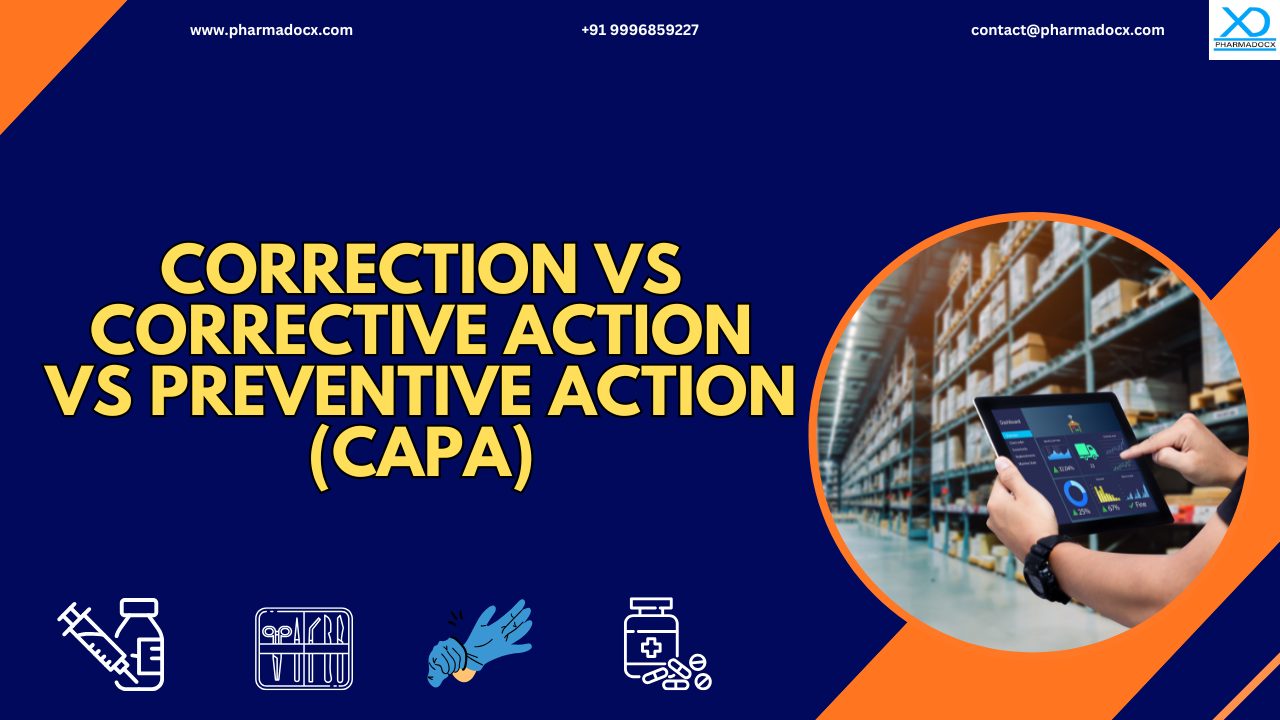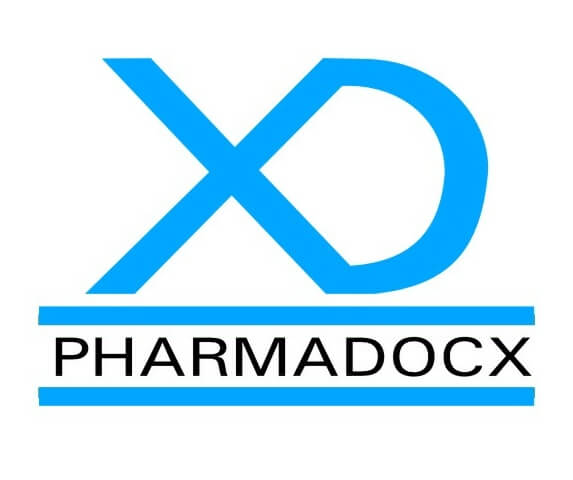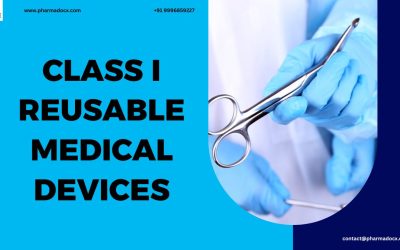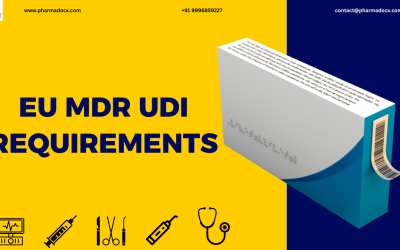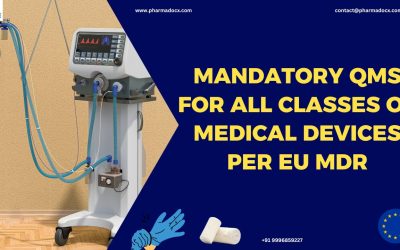Having a robust correction, corrective action, and preventive action system will help ensure regulatory compliance. Hence, most regulatory guidelines recommend implementation of a CAPA system. Our blog post on correction vs corrective action vs preventive action will help you understand the scope of each term and the differences among them.
What is CAPA?
CAPA is corrective action and preventive action. It focuses on eliminating the root cause of non-conformities. The ultimate goal of CAPA is to prevent the problem from arising again. Basically, it is a series of procedures which investigates problems, identifies causes, solves problems, takes corrective actions, and prevents recurrence of the problem. CAPA in quality management system aims to rectify current issues and prevent their recurrence in the future. Hence, CAPA is a vital component of the quality management system in medical device, pharma, and other life science industries. Thus, companies implement correction, corrective action, and preventive action to prevent recurring issues and risks.
Importance of CAPA in regulated industries, such as medical device and pharmaceutical
CAPA is a well-structured system of defined processes. It forms the heart of the quality management system. CAPA helps identify, evaluate, and investigate deviations or non-conformities. Additionally, CAPA will help develop corrective actions, implement them, and check effectiveness of the resolution. Hence, correction, corrective action, and preventive action (CAPA) has a crucial role in regulated industries. CAPA is important for the following reasons:
- Ensures compliance with regulatory requirements
- Helps resolve and reduce quality issues
- Provides a uniform method for problem-solving
- Helps meet the industry quality benchmark
- Reduces rework
- Promotes an environment of continuous improvement
- Reduces customer complaints
What is correction, corrective action, and preventive action (CAPA)?
Correction
Correction is the process of immediately fixing a detected problem. It does not address the root cause. However, correction rectifies the issue to maintain workflow continuity. Key properties:
- A temporary solution
- Quick action to restore conformity and continuity of workflow
- It does not eliminate the root cause of the problem
Example: If a certain medical device batch fails the quality control test, segregating and reworking the defective products is considered correction. Hence, the root cause will be neither identified nor eliminated.
Corrective action
Corrective action focusses on eliminating the root cause of a nonconformity. It is a systematic approach. Corrective action prevents recurrence by addressing the underlying root cause. Key properties:
- Implemented using structured problem-solving methods
- Root cause identification
- Permanent resolution
- Prevents recurrence
Example: For a recurring calibration issue, corrective action will focus on analyzing data, identifying faulty equipment, and retraining staff. The goal will be to address the root cause.
Preventive action
Preventive action is a proactive measure. It focusses on eliminating potential causes of nonconformities before they occur. It enhances process reliability. Key properties:
- Risk-based thinking
- Proactive approach
- Often implemented using risk assessment methodologies
- Prevents occurrence of nonconformity
Example: In case a potential supply chain disruption risk is caught, an alternative supplier should be employed before an issue arises. This will be considered a preventive action, a proactive approach to prevent occurrence of nonconformity.
How to develop an effective correction, corrective action, and preventive action (CAPA) system?
- Identify the risks: A thorough risk assessment process will be required to identify potential hazards associated with the products. Moreover, the severity and likelihood of risks have to be thoroughly evaluated.
- Prioritize risks based on impact: Prioritise risks based on their potential impact on patient safety, product quality, and regulatory compliance. Furthermore, rank the risks based on criteria, such as occurrence, severity, and detectability. Hence, by prioritising risks, you will be able to address the most critical issues first.
- Develop a thorough CAPA plan: Establish a thorough CAPA plan outlining the specific actions needed to address the identified risks and mitigate similar future recurrences. The CAPA should define the actions that need to be implemented to address the nonconformities.
- Implement the actions defined in the plan: Implement the correction, corrective action, and preventive action. Furthermore, the actions have to be well-documented. Additionally, staff training may be necessary to ensure everyone understands the changes.
- Monitor effectiveness of the CAPA plan: After implementing the plan, monitor the effectiveness of the actions. Furthermore, regular audits will help verify whether the CAPA plan is functioning as intended.
- Documentation and review: Comprehensive documentation of all CAPA activities will be required. Risk assessments, action plans, implementation results, and data recorded will have to be properly documented. The CAPA process has to be properly reviewed to identify areas of improvement.
- Continuous improvement: CAPA aims to imbibe a culture of continuous improvement. Additionally, feedback and insights from review will help refine the CAPA process. Moreover, by adopting a proactive approach, your organization will be able to respond to emerging risks and industry challenges.
Therefore, a robust CAPA system will ensure continuous improvement and adherence to quality benchmarks and regulatory guidelines.
9 Key differences between correction, corrective action, and preventive action
In short, correction fixes the immediate issue. On the other hand, corrective action eliminates the root cause. Preventive action mitigates the issue before it occurs.
- Correction: Correction is an immediate fix and has a short-term effect. The aim is to quickly resolve a detected nonconformity or defect. Its scope is limited to the specific instance of the problem.
- Corrective action: Corrective action focuses on root cause elimination. It investigates and eliminates the root cause of a known issue to prevent recurrence. Corrective action has a relatively broad scope. It may require changes to processes, suppliers, training, or design.
- Preventive action: Preventive action revolves around risk anticipation and has a future outlook. Its purpose is to identify and mitigate potential nonconformities even before they have occurred. The scope of preventive action is broader than that of corrective action. It involves risk management, design changes, or even process improvements.
Thus, although correction is a quick fix, it is not a permanent solution. The problem will return without corrective action leading to future issues, waste, and compliance risks. Furthermore, preventive action will eliminate the root cause of a potential issue, thereby preventing it from happening altogether.
Correction vs corrective action vs preventive action
We have highlighted the differences between correction, corrective action, and preventive action.
| Parameters | Correction | Corrective Action | Preventive Action |
| Definition | Immediate fix to eliminate a detected nonconformity | Action to eliminate the root cause of a detected nonconformity | Action to eliminate the root cause of a potential nonconformity |
| Nature | Reactive | Reactive | Proactive |
| Trigger | A problem has already occurred | A problem has occurred and root cause analysis is needed | A problem has not yet occurred. However, there is a risk |
| Focus | Symptom | Root cause of an existing issue | Root cause of a potential issue |
| Impact | Temporary fix | Permanent solution | Long-term risk prevention |
| Example | Replacing a defective sensor in a wearable device Reworking a defective product | Investigating why the sensor failed and changing the supplier or design Analyzing and eliminating cause of the defects | Identifying a design flaw that could lead to sensor failure and redesigning proactively Implementing a new supplier to mitigate risk |
| Timeframe | Immediate or short-term | Medium to long-term | Long-term |
| Documentation Required | Often minimal | Detailed documentation including root cause analysis and effectiveness check | Risk assessment, mitigation plan, and monitoring strategy |
| Regulatory Expectation | Expected as part of basic quality control | Required under ISO 13485 | Strongly encouraged under risk-based approach regulatory requirements |
We at Pharmadocx Consultants are committed to help our clients achieve regulatory compliance. Most regulatory guidelines recommend the implementation of a correction, corrective action, and preventive action system. Our team will help you implement a robust and effective QMS with CAPA at its core. Drop an email at [email protected] or call/Whatsapp on 9996859227 to have an effective QMS with CAPA tailored for your needs.

